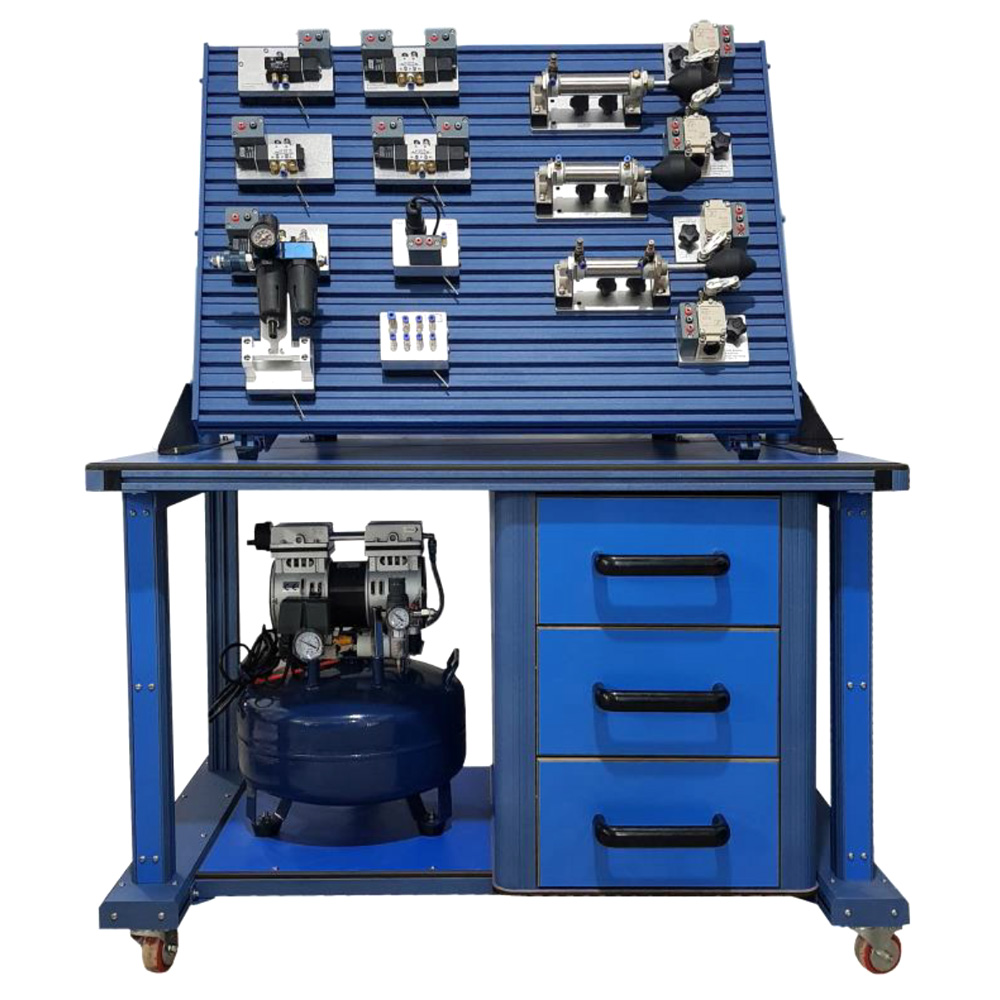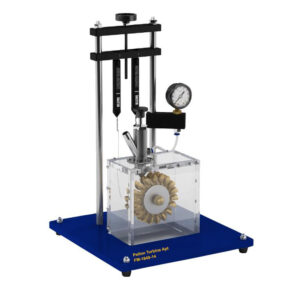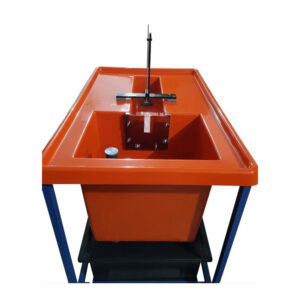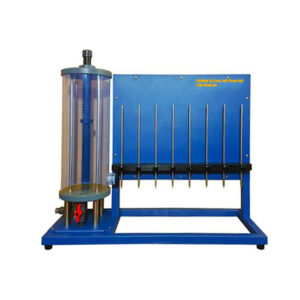A pneumatic training system is a setup or device designed to provide hands-on training and education on pneumatic systems. Pneumatics is a branch of technology that utilizes compressed air to transmit and control power, often used in industrial automation and machinery. The pneumatic training system is designed to allow learners to understand the principles, components, and applications of pneumatic technology. It provides a practical platform for individuals to assemble and disassemble pneumatic circuits, troubleshoot system issues, and learn about pneumatic control techniques. By working with a pneumatic training system, individuals can develop skills in designing, operating, and maintaining pneumatic systems, which are widely used in industries such as manufacturing, automotive, packaging, and more.
Experiments:
- Physical principles of the pneumatic control system.
- Production and distribution of compressed air
- Structure and characteristics of pneumatic cylinders.
- Calculation of basic parameters.
- Function and use of pneumatic control valves.
- Recognition and drawing of pneumatic symbols.
- Drawing of pneumatic circuit diagrams according to standard.
- Pressure regulation and measurement.
- Direct and indirect control.
- Speed control circuits: input meter, output meter.
- Use of quick exhaust valves.
- Pneumatic logic controls.
- Representation of movement sequences and operating status.
- Pneumatic sequential controls.
- Pressure dependent controls with pressure sequence valves.
- Position dependent control with limit switch valves.
- Time-dependent controls with timed valves.
- Safety rules for the pneumatic system.




